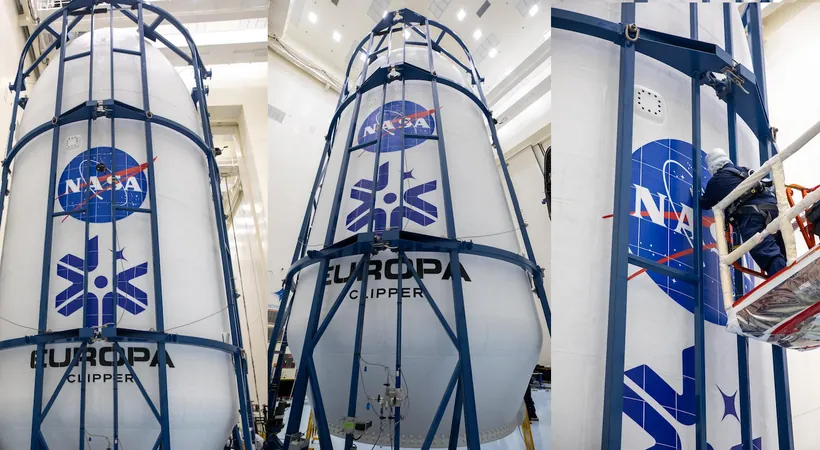
NASA Powers Down Voyager 2 Instrument in Bid to Extend Space Mission into the 2030s
2024-10-02
NASA Powers Down Voyager 2 Instrument in Bid to Extend Space Mission into the 2030s
In a groundbreaking move aimed at prolonging its interstellar exploration, NASA has officially turned off one of the scientific instruments on the Voyager 2 spacecraft. This decision comes as part of a broader effort to conserve energy from the spacecraft, which has been in operation since its launch in 1977.
The plasma science instrument, responsible for measuring the flow of charged atoms in space, was powered down in late September. NASA’s objective is to ensure that Voyager 2 can continue its journey well into the 2030s, collecting vital data from the far reaches of our solar system and beyond.
Voyager 2 and its twin Voyager 1 have been instrumental in our understanding of the gas giant planets, having completed their primary missions in the 1980s. Both spacecraft now reside in interstellar space, traveling through the vast expanse between stars. While Voyager 1's plasma instrument ceased to function long ago and was ultimately shut down in 2007, Voyager 2 still boasts four operational instruments. These remaining instruments will diligently continue to gather data on magnetic fields and particles, offering valuable insights into areas of space beyond the protective bubble of the Sun, known as the heliosphere.
As of now, Voyager 2 is more than 12 billion miles (19.31 billion kilometers) from Earth, while its sibling, Voyager 1, has journeyed even further at over 15 billion miles (24.14 billion kilometers). Notably, Voyager 2 holds the distinction of being the only spacecraft to have conducted close flybys of both Uranus and Neptune, providing unprecedented data about these distant worlds.
NASA continues to rely on these aging spacecraft to unlock the mysteries of the universe, making adjustments as required to ensure their longevity. As we look towards the future, the discoveries from Voyager 2 could pave the way for a deeper understanding of our cosmic neighborhood, and perhaps lead to exciting new possibilities in space exploration. Stay tuned for more updates on this monumental mission!


 Brasil (PT)
Brasil (PT)
 Canada (EN)
Canada (EN)
 Chile (ES)
Chile (ES)
 España (ES)
España (ES)
 France (FR)
France (FR)
 Hong Kong (EN)
Hong Kong (EN)
 Italia (IT)
Italia (IT)
 日本 (JA)
日本 (JA)
 Magyarország (HU)
Magyarország (HU)
 Norge (NO)
Norge (NO)
 Polska (PL)
Polska (PL)
 Schweiz (DE)
Schweiz (DE)
 Singapore (EN)
Singapore (EN)
 Sverige (SV)
Sverige (SV)
 Suomi (FI)
Suomi (FI)
 Türkiye (TR)
Türkiye (TR)